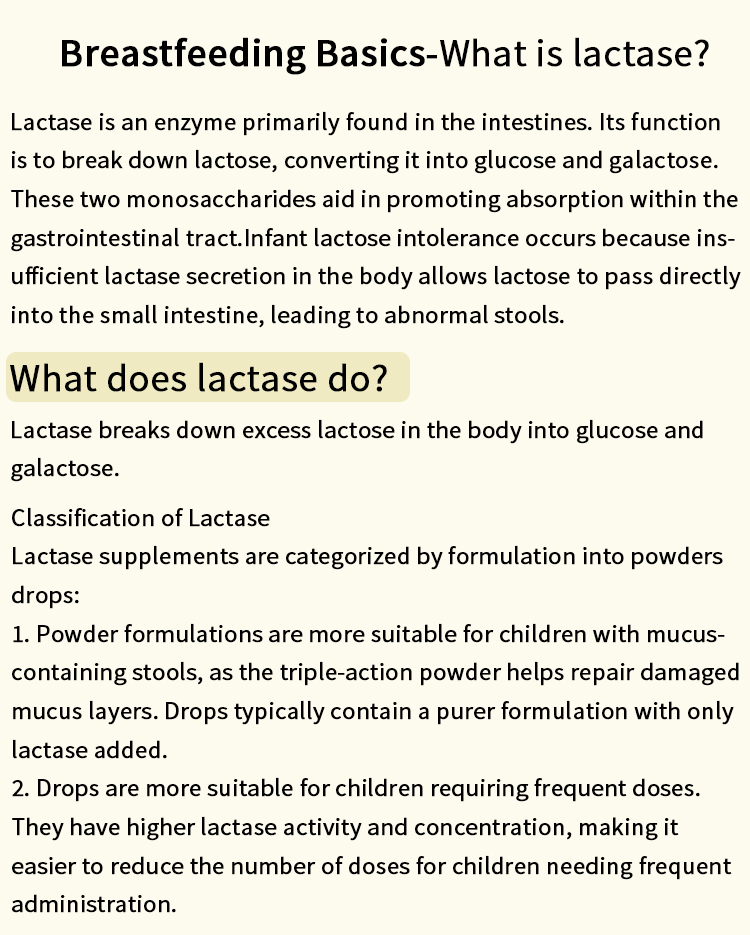When it comes to the vibrant world of colors, one of the most pressing concerns for artists, designers, and manufacturers alike is the longevity of these hues when exposed to sunlight. The fading of colors under UV radiation is not merely a cosmetic issue; it can significantly impact the aesthetic and functional qualities of materials ranging from textiles to paints. In this article, we will delve into the science behind color fading, explore which colors fade the slowest in sunlight, and provide practical insights for preserving color integrity in various applications.
Understanding Color Fading
Color fading occurs due to the breakdown of pigments when exposed to ultraviolet (UV) light. This process can be influenced by several factors, including the type of pigment used, the material's chemical composition, and environmental conditions such as humidity and temperature. UV radiation can cause photochemical reactions that lead to the degradation of color molecules, resulting in a noticeable loss of vibrancy over time.
The Role of Pigments
Pigments are the key players in determining how well a color withstands sunlight. They can be categorized into two main types: organic and inorganic. Organic pigments, derived from carbon-based compounds, tend to be more vibrant but are often less stable under UV exposure. In contrast, inorganic pigments, which are typically mineral-based, are generally more resistant to fading due to their stable chemical structures.
Inorganic Pigments: The Champions of Color Longevity
Among the various pigments, certain inorganic colors stand out for their exceptional resistance to fading. For instance:
- Titanium Dioxide (White): Known for its excellent opacity and brightness, titanium dioxide is a staple in paints and coatings. It is highly resistant to UV degradation, making it one of the slowest fading colors.
- Cobalt Blue: This vibrant blue pigment is not only aesthetically pleasing but also boasts remarkable lightfastness. Cobalt blue is often used in ceramics and glass, where its resistance to fading is crucial.
- Cadmium Red: While cadmium pigments are subject to regulatory scrutiny due to toxicity, cadmium red is renowned for its durability and resistance to light. It retains its brilliance even after prolonged exposure to sunlight.
- Iron Oxide Pigments: These pigments, available in various colors (red, yellow, brown), are known for their exceptional stability and resistance to fading. Iron oxide pigments are commonly used in outdoor applications, including concrete and masonry.
Organic Pigments: The Struggle Against Sunlight
While organic pigments can produce stunning colors, they often fall short in terms of lightfastness. For example:
- Alizarin Crimson: A popular choice among artists, this organic red pigment is known for its rich hue but is prone to fading when exposed to sunlight.
- Phthalo Blue and Green: These vibrant organic pigments are widely used in art and design but can experience significant fading over time, especially in outdoor applications.
Practical Applications and Considerations
For those looking to preserve color integrity in various applications, understanding the properties of different pigments is essential. Here are some practical tips:
- Choose the Right Pigments: When selecting paints or dyes for outdoor use, prioritize products that contain inorganic pigments known for their lightfastness.
- Utilize UV-Resistant Coatings: Applying a UV-resistant clear coat over painted surfaces can significantly enhance color longevity by providing an additional barrier against UV radiation.
- Regular Maintenance: For textiles and outdoor furniture, regular cleaning and maintenance can help mitigate the effects of sunlight exposure. Consider using protective covers when items are not in use.
- Consider Color Placement: Strategically placing items away from direct sunlight can also help reduce fading. For instance, positioning artwork in shaded areas can prolong its vibrancy.
Conclusion
In the quest for color longevity, understanding which hues fade the slowest in sunlight is crucial for artists, designers, and manufacturers alike. By selecting the right pigments and employing protective measures, it is possible to maintain the vibrancy of colors even in the face of relentless UV exposure. As we continue to explore the intersection of science and aesthetics, the knowledge of color stability will empower us to create enduring works that stand the test of time.
